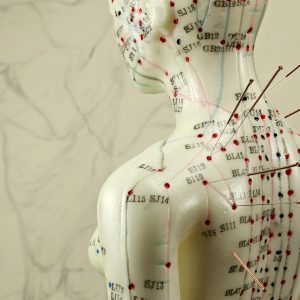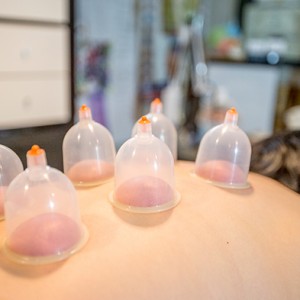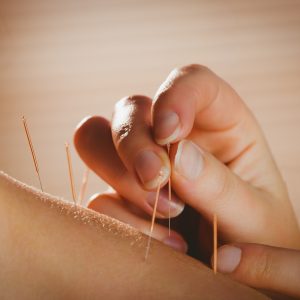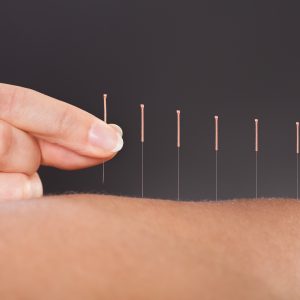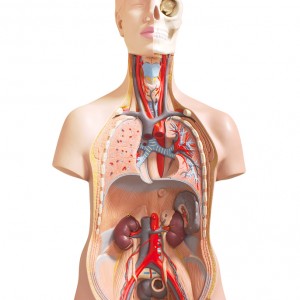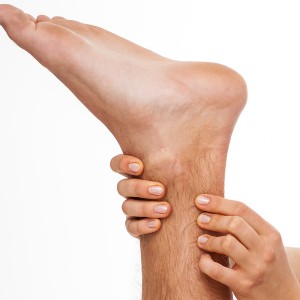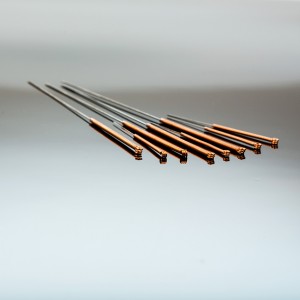Qi (also spelled “Chi” and pronounced “chee”) is a central concept in traditional Chinese medicine and martial arts. It is a vital energy or life force, or potential force that is believed to flow throughout the body, connecting and animating all aspects of the human system. In traditional Chinese medicine, Qi is believed to circulate along pathways called meridians, which correspond to different organs and bodily functions. When Qi is flowing smoothly and in balance, the body is believed to be healthy and in a state of harmony. However, when Qi is blocked, deficient, or imbalanced, it can lead to physical or emotional symptoms and illness. Qi is also a key concept in martial arts, where it is seen as a source of power and focus. Practitioners of martial arts seek to cultivate and harness Qi through various techniques such as meditation, breathing exercises, and physical movements. While the concept […]

